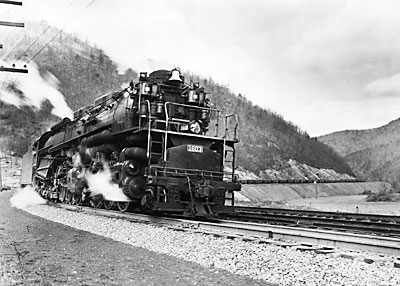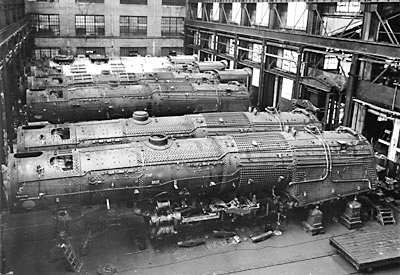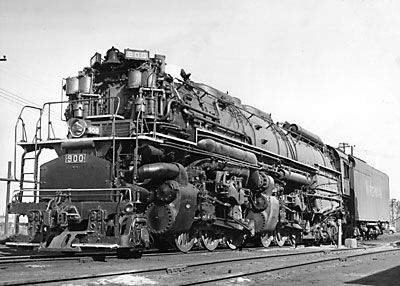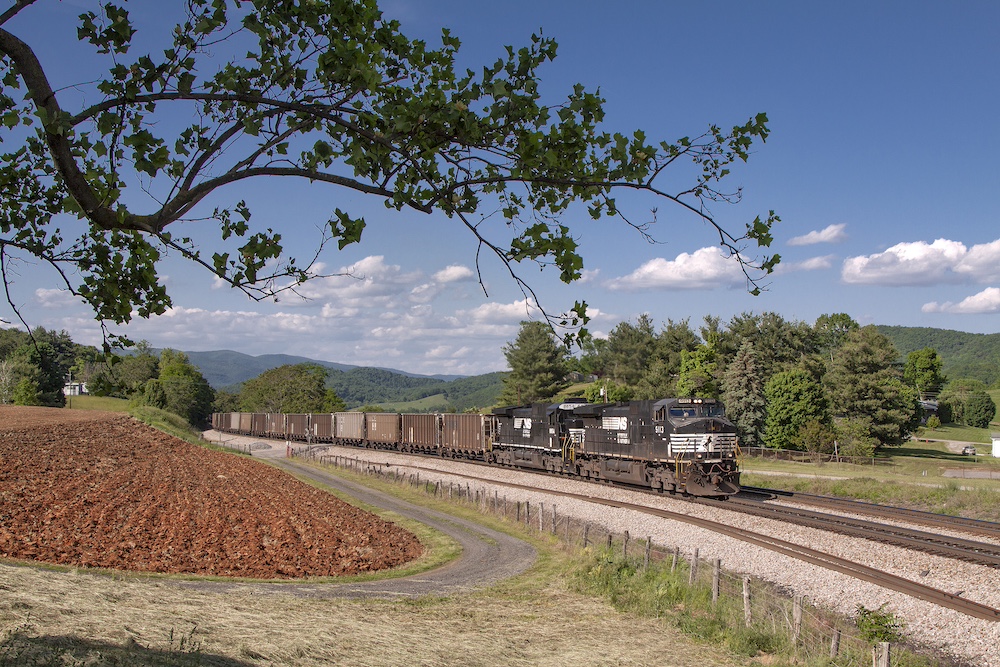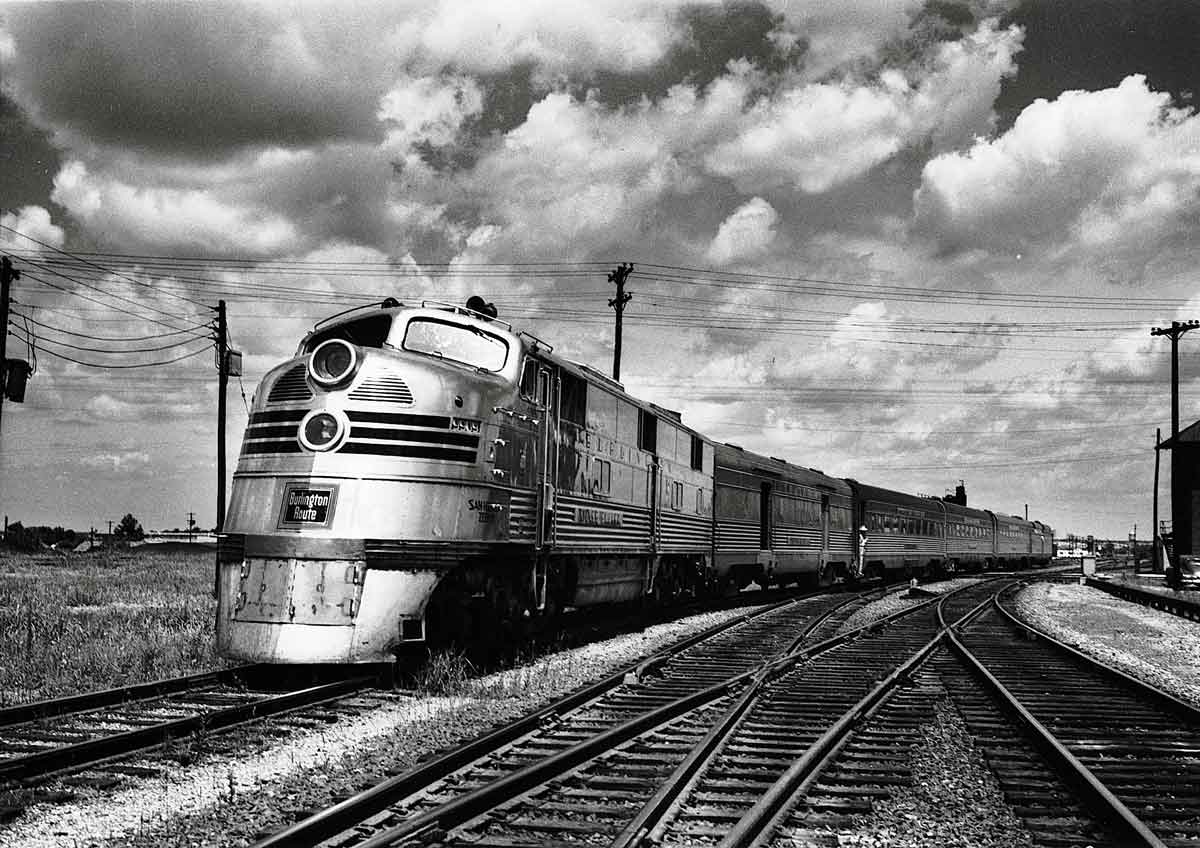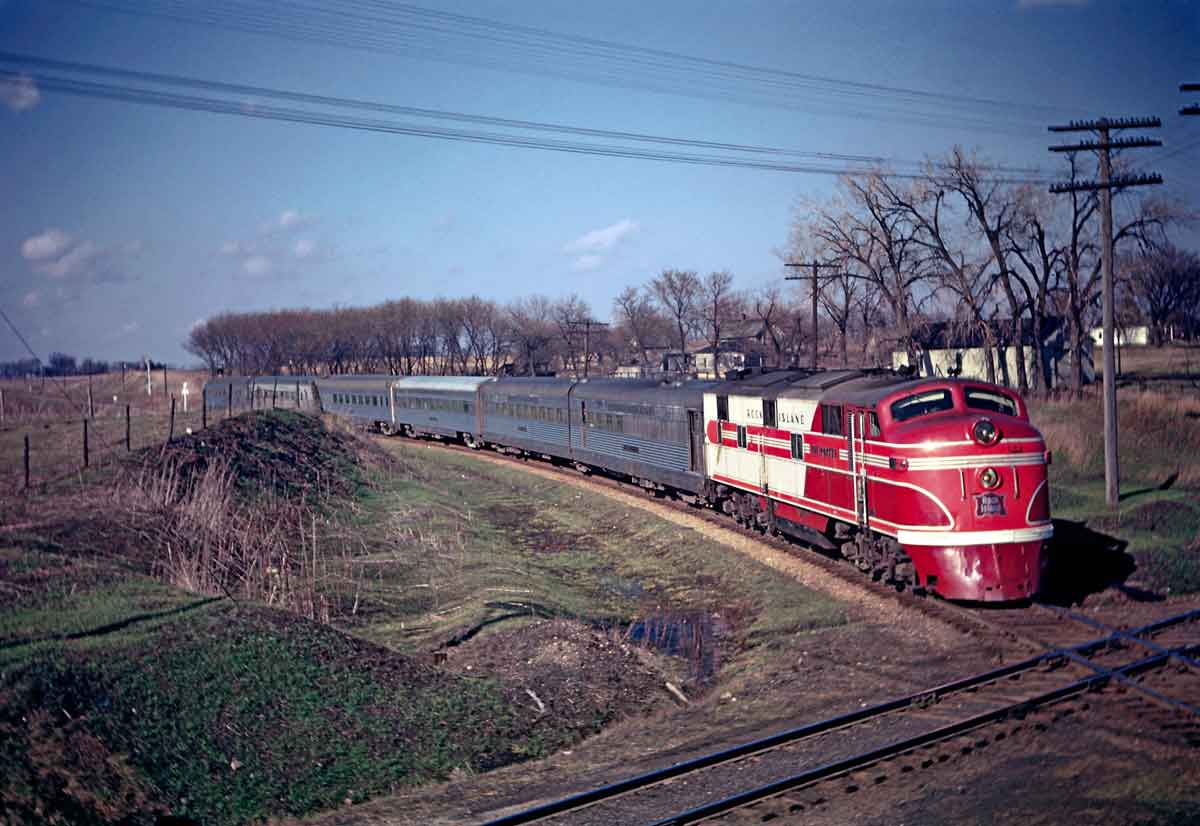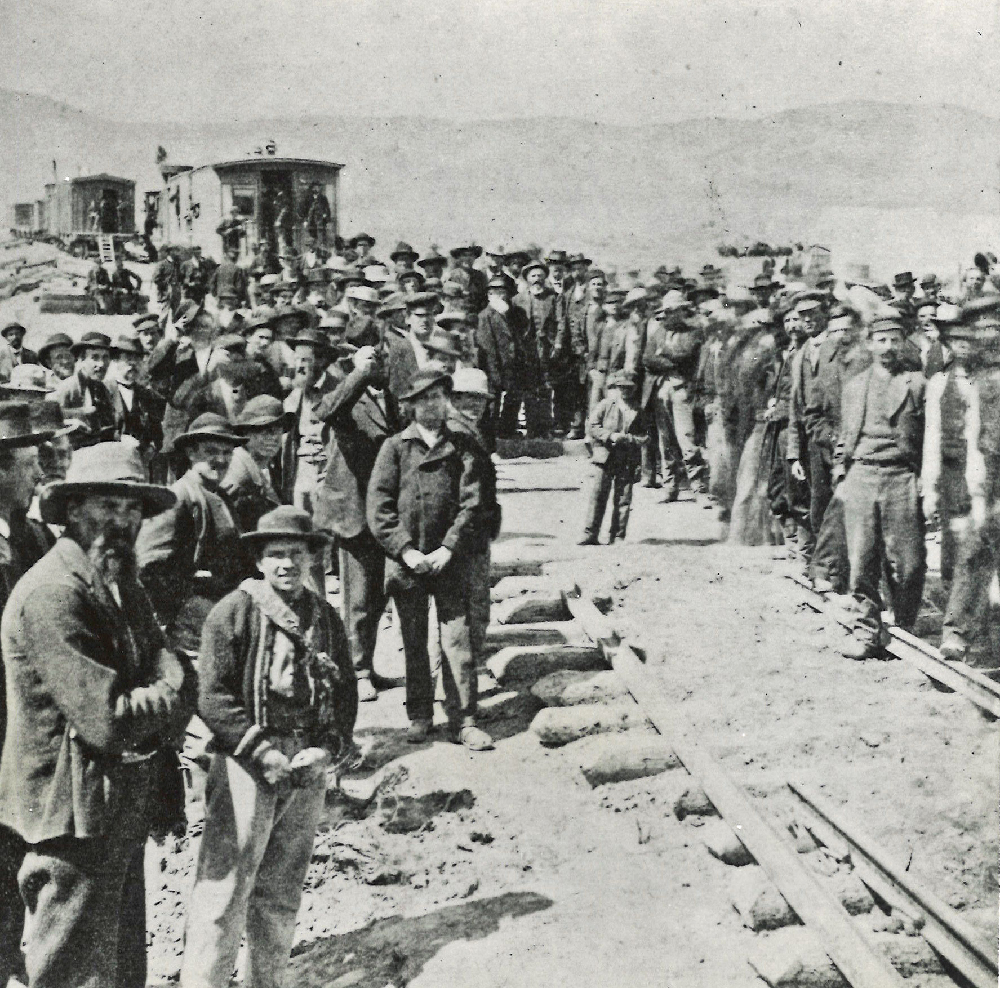Its biggest engines were a fleet of single expansion 2-8-8-2s, purchased in the mid-1920s to haul coal on its line across the Alleghenies, where tunnel clearances prevented the use of anything larger.
In the 1930s, C&O embarked on rebuilding project to eliminate the tunnel clearance restrictions. In the same decade, great strides in locomotive development rendered its 2-8-8-2s thoroughly obsolete.
C&O’s design bureau, the Advisory Mechanical Committee, was well aware of the outstanding performance of the 2-6-6-4s on the neighboring Norfolk & Western, and decided to use that wheel arrangement as a starting point for its own new, powerful fast freight engine.
Steam locomotive design starts with the boiler – the prime mover. A locomotive’s potential is only as good as the ability of its boiler to evaporate water at a rate sufficient for the intended service. Maximizing this capability requires high rates of combustion inside a firebox with a big grate and lots of furnace volume.
The AMC took this concept one step further, however. They designed an even larger firebox and supported it with a six-wheel trailing truck.
The resulting locomotive boasted 67-inch driving wheels, a grate area of 135 square feet, a long 118-inch combustion chamber, and an immense amount of furnace volume. Large, high tenders with 14 wheels trailed the engines, holding 25,000 gallons of water and 25 tons of coal.
Lima delivered the first ten 2-6-6-6s in 1941. Classified by the railroad as H-8s, they were put to work hauling West Virginia coal eastward, and were soon given the name “Allegheny.”
During trials, the engines were shown to be capable of producing more than 7,000 drawbar horsepower, which made the Allegheny the most powerful steam locomotive ever built.
The C&O went back to Lima for another forty engines during World War II, and in 1948 bought a final ten.
Alleghenies traveled over much of the C&O main line, from Toledo, Ohio, to Clifton Forge, Va., mostly on the front and rear of coal trains.
Amazingly, less than one year after taking delivery of its final group of 2-6-6-6s – along with new 0-8-0s, 4-8-4s, 2-6-6-2s and 4-6-4s – the C&O made the decision to dieselize.
The Alleghenies lasted until 1956. Two have been preserved.
It used them to replace Mallets on coal drags running from Roanoke to Norfolk, Va. Their careers ended with the end of steam operation on the Virginian in 1954.
The Allegheny was designed as a high-horsepower fast freight locomotive, and many have questioned the way these two railroads employed it. Hauling heavy trains over mountain grades was obviously not an ideal application for the engine.
Virginian’s coal trains were limited to 35 mph, and one can easily wonder if a 2-8-8-4 wouldn’t have been a wiser choice. Chessie, too, used them to haul coal over the mountains to the Atlantic seaboard, but also used them in less demanding territory such as the run to Toledo, Ohio where they could stretch their legs.
In the end, though, it really didn’t matter, as the diesel was equally adept in either situation.





